Jacques Louis David:
135 Master Drawings
By Blagoy Kiroff First Edition ***** Jacques Louis David: 135 Master Drawings ***** Copyright 2015 Blagoy Kiroff
Foreword
J acques-Louis David (1748 1825) was an influential French painter in the Neoclassical style, considered to be the pre-eminent painter of the era. In the 1780s his cerebral brand of history painting marked a change in taste away from Rococo frivolity toward a classical austerity and severity, heightened feeling chiming with the moral climate of the final years of the Ancien Rgime. He later became an active supporter of the French Revolution and friend of Maximilien Robespierre, and was effectively a dictator of the arts under the French Republic. Imprisoned after Robespierre's fall from power, he aligned himself with yet another political regime upon his release, that of Napoleon I. It was at this time that he developed his Empire style, notable for its use of warm Venetian colours. After Napoleon's fall from power and the Bourbon revival, David exiled himself to Brussels in the then-United Kingdom of the Netherlands where he remained until his death.
David had a huge number of pupils, making him the strongest influence in French art of the early 19th century, especially academic Salon painting. He had his first training with Boucher, a distant relative, but Boucher realized that their temperaments were opposed and sent David to Vien. David went to Italy with the latter in 1776, Vien having been appointed director of the French Academy at Rome, David having won the Prix de Rome. In Italy David was able to indulge his bent for the antique and came into contact with the initiators of the new classical revival, including Gavin Hamilton. In 1780 he returned to Paris, and in the 1780s his position was firmly established as the embodiment of the social and moral reaction from the frivolity of the Rococo. His uncompromising subordination of colour to drawing and his economy of statement were in keeping with the new severity of taste.
His themes gave expression to the new cult of the civic virtues of stoical self-sacrifice, devotion to duty, honesty, and austerity. Seldom have paintings so completely typified the sentiment of an age as David's The Oath of the Horatii (Louvre, Paris, 1784), Brutus and his Dead Sons (Louvre, 1789), and The Death of Socrates (Metropolitan Museum, New York, 1787). They were received with acclamation by critics and public alike. Reynolds compared the Socrates with Michelangelo's Sistine Ceiling and Raphael's Stanze, and after ten visits to the Salon described it as 'in every sense perfect'. David was in active sympathy with the Revolution; he served on various committees and voted for the execution of Louis XVI. His position was unchallenged as the painter of the Revolution.
His three paintings of 'martyrs of the Revolution', though conceived as portraits, raised portraiture into the domain of universal tragedy. They were: The Death of Lepeletier (now known only from an engraving), The Death of Marat (Muses Royaux, Brussels, 1793), and The Death of Bora (Muse Calvet, Avignon, unfinished). After the fall of his friend Robespierre (1794), however, he was imprisoned, but was released on the plea of his wife, who had previously divorced him because of his Revolutionary sympathies (she was a royalist). They were remarried in 1796, and David's Intervention of the Sabine Women (Louvre, 1794-99), begun while he was in prison, is said to have been painted to honour her, its theme being one of love prevailing over conflict. It was also interpreted at the time, however, as a plea for conciliation in the civil strife that France suffered after the Revolution and it was the work that re-established David's fortunes and brought him to the attention of Napoleon, who appointed him his official painter. David became an ardent supporter of Napoleon and retained under him the dominant social and artistic position which he had previously held.
Between 1802 and 1807 he painted a series of pictures glorifying the exploits of the Emperor, among them the enormous Consecration of the Emperor Napoleon I and Coronation of the Empress Josephine (Louvre, 1805-07). These works show a change both in technique and in feeling from the earlier Republican works. The cold colours and severe composition of the heroic paintings gave place to a new feeling for pageantry which had something in common with Romantic painting, although he always remained opposed to the Romantic school. With the fall of Napoleon, David went into exile in Brussels, and his work weakened as the possibility of exerting a moral and social influence receded. He continued to be an outstanding portraitist, but he never surpassed such earlier achievements as the great Napoleon Crossing the Alps (Kunsthistorisches Museum, Vienna, 1800) or the coolly erotic Madame Rcamier (Louvre, 1800).
Drawings

Nude Soldiers Gesticulating With Their Weapons Black chalk

Detail

Detail

Detail

Two Dancers and a Flutist, Bust Length Black chalk

Detail

Detail

Detail

Study of the head of a Sleeping Woman Black chalk

Detail

Andromache Mourning Hector Black chalk with stumping and gray wash

Detail

Detail

Portrait of Georges-Jacques Danton, Bust Length, in profile to the left Pen and brown ink, the sheet extended to the left

Detail

Study of a Woman Resting Black chalk


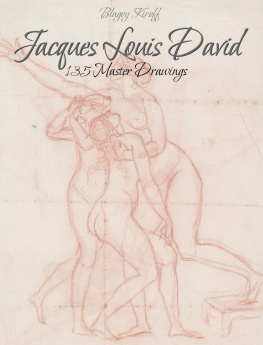

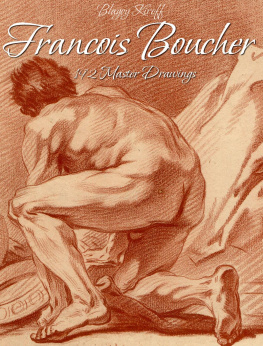
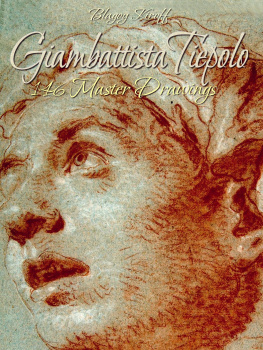
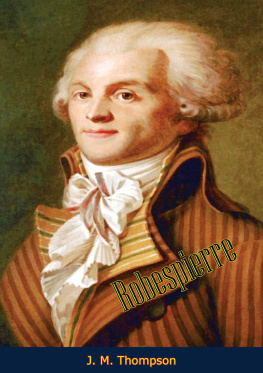
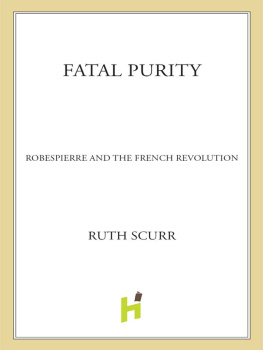
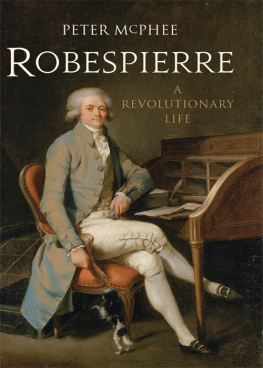
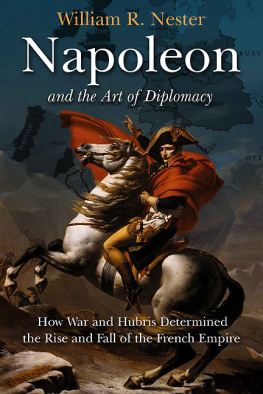
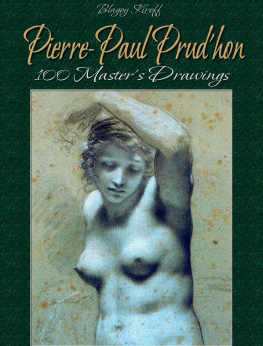
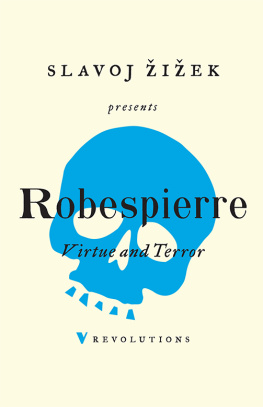
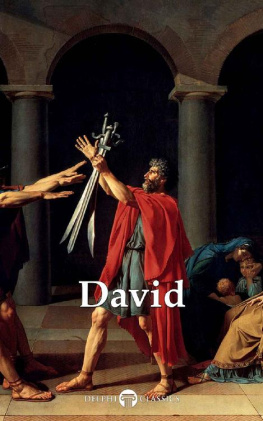

 Nude Soldiers Gesticulating With Their Weapons Black chalk
Nude Soldiers Gesticulating With Their Weapons Black chalk  Detail
Detail  Detail
Detail  Detail
Detail  Two Dancers and a Flutist, Bust Length Black chalk
Two Dancers and a Flutist, Bust Length Black chalk  Detail
Detail  Detail
Detail  Detail
Detail  Study of the head of a Sleeping Woman Black chalk
Study of the head of a Sleeping Woman Black chalk  Detail
Detail  Andromache Mourning Hector Black chalk with stumping and gray wash
Andromache Mourning Hector Black chalk with stumping and gray wash  Detail
Detail  Detail
Detail  Portrait of Georges-Jacques Danton, Bust Length, in profile to the left Pen and brown ink, the sheet extended to the left
Portrait of Georges-Jacques Danton, Bust Length, in profile to the left Pen and brown ink, the sheet extended to the left  Detail
Detail  Study of a Woman Resting Black chalk
Study of a Woman Resting Black chalk 